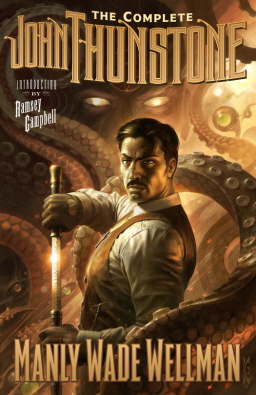 If you’ve been reading Josh Reynolds’s excellent series The Nightmare Men here at Black Gate (And if you haven’t, what’s your deal? It’s packed with monsters, ghosts, and ghoulies, and the stalwart men who face them in dark corridors. I swear, every column is like The Exorcist re-made as an Indiana Jones movie), you know he covered Manly Wade Wellman’s supernatural sleuth John Thunstone last February. Here’s a snippet:
If you’ve been reading Josh Reynolds’s excellent series The Nightmare Men here at Black Gate (And if you haven’t, what’s your deal? It’s packed with monsters, ghosts, and ghoulies, and the stalwart men who face them in dark corridors. I swear, every column is like The Exorcist re-made as an Indiana Jones movie), you know he covered Manly Wade Wellman’s supernatural sleuth John Thunstone last February. Here’s a snippet:
Big and blocky, with a well-groomed moustache and eyes like flint, Thunstone is an implacable and self-described ‘enemy of evil’. He hunts it with the verve of a Van Helsing and strikes with the speed and viciousness that puts Anton Zarnak to shame.
Well read and well-armed against vampires, werewolves and all things dark and devilish, Thunstone seeks out malevolent occult menaces in a variety of locales. The sixteen stories and two novels have settings which range from the steel and glass corridors of Manhattan to the mountains of the rural South, or the pastoral fields of England. He faces off against Inuit sorcerers, demonic familiars and worse things in the name of protecting the Earth and all its peoples from the hungry shapes in the dark that would otherwise devour it and them.
I bet you’re sorry you missed it now. Anyway, Josh also plugged the upcoming volume The Complete John Thunstone from Haffner Press, which he noted would contain “both the short stories AND the two Thunstone novels.”
Sweet! That was worth haunting the Haffner Press website for (not that I wasn’t doing it anyway). I checked on a daily basis… for months. Man, not for nothing did Stephen Haffner earn his rep as a painstaking craftsman and perfectionist. Just when I’d resigned myself to slipping peacefully into old age without seeing it, two review copies landed on my doorstep (with an impressive thud). Good timing too, as old age is a few weeks away at most.
John Thunstone first appeared in “The Third Cry to Legba” in the November 1943 issue of Weird Tales. This volume collects that story and 15 others, along with the novels What Dreams May Come (1983) and The School of Darkness (1985). It’s a gorgeous package, and I can finally settle in and read Thunstone’s exploits against vampires, werewolves, the diabolical sorcerer Rowley Thorne, and the enigmatic shonokins, a race who claim to have ruled North America before the coming of humans.
The Complete John Thunstone is edited by Stephen Haffner, and was published December 22, 2012. It is 640 pages, and priced at $40. Stay tuned to the Black Gate website, where we’ll announce a contest in which you can win a copy in the next two weeks. In the meantime, you can read additional details at Haffner Press.
 Hasbro, owner of Dungeons & Dragons and Magic the Gathering, announced plans today to cut about 10 percent of its workforce and consolidate facilities to reduce expenses.
Hasbro, owner of Dungeons & Dragons and Magic the Gathering, announced plans today to cut about 10 percent of its workforce and consolidate facilities to reduce expenses.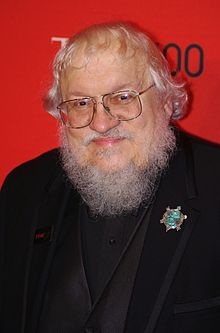
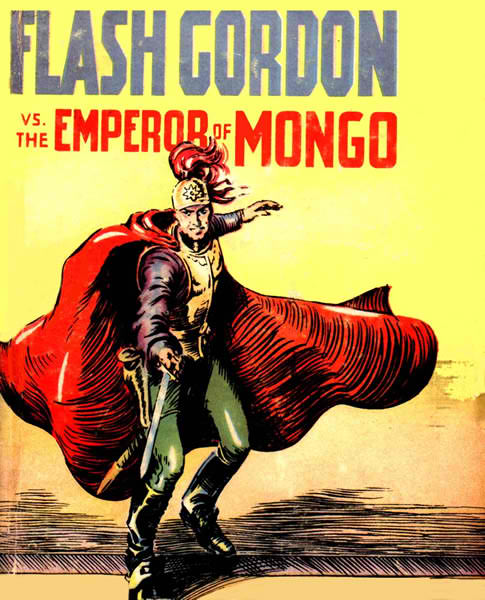


 I confess: I’m horror-illiterate. Being horrified on my way to some other reading experience is often worthwhile, but reading just to poke my
I confess: I’m horror-illiterate. Being horrified on my way to some other reading experience is often worthwhile, but reading just to poke my 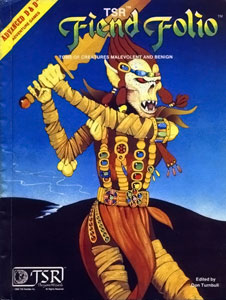
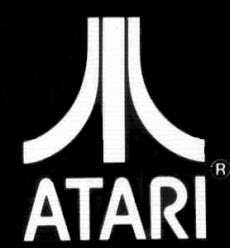
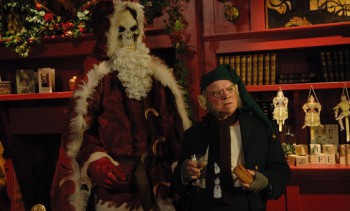
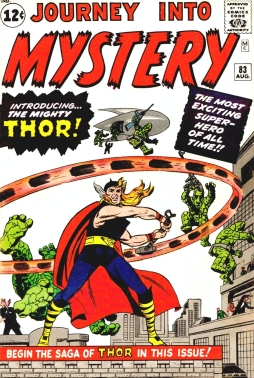 Journey Into Mystery first appeared in 1952, one of a number of anthology titles from publisher Martin Goodman’s line of comic books. Over the years, the title featured a lot of short horror, fantasy, and science fiction tales, many of them collaborations between editor/scripter Stan Lee and artists like Steve Ditko and Jack Kirby. Until 1962. At that point Goodman’s comics were beginning to change direction, following a revival of interest in the super-hero genre. A team book, The Fantastic Four, had taken off. A solo book had followed, The Incredible Hulk. Heroes would now be his company’s main product, and the line would soon come to be known as Marvel Comics. The horror anthology books would be taken over by recurring super-hero characters, and Journey Into Mystery would be the first of the bunch. So with issue 83, in August 1962, in a story credited to Stan Lee and artist Jack Kirby, it introduced its new lead: the mighty Thor, Norse god of thunder.
Journey Into Mystery first appeared in 1952, one of a number of anthology titles from publisher Martin Goodman’s line of comic books. Over the years, the title featured a lot of short horror, fantasy, and science fiction tales, many of them collaborations between editor/scripter Stan Lee and artists like Steve Ditko and Jack Kirby. Until 1962. At that point Goodman’s comics were beginning to change direction, following a revival of interest in the super-hero genre. A team book, The Fantastic Four, had taken off. A solo book had followed, The Incredible Hulk. Heroes would now be his company’s main product, and the line would soon come to be known as Marvel Comics. The horror anthology books would be taken over by recurring super-hero characters, and Journey Into Mystery would be the first of the bunch. So with issue 83, in August 1962, in a story credited to Stan Lee and artist Jack Kirby, it introduced its new lead: the mighty Thor, Norse god of thunder.